How to Build a Street-Legal Drift Car: 𝑱𝑫𝑴 𝑺𝒕𝒚𝒍𝒆 𝑮𝒖𝒊𝒅𝒆
Drifting is one of the most iconic elements of JDM car culture—born in the mountain passes of Japan and immortalized by legends like Keiichi Tsuchiya. But turning your dream drift car into a street-legal machine is a challenge that requires the right mix of performance, safety, and legality. In this guide, we’ll walk you through how to build a street-legal drift car that’s both daily-drivable and ready to attack the touge or track.
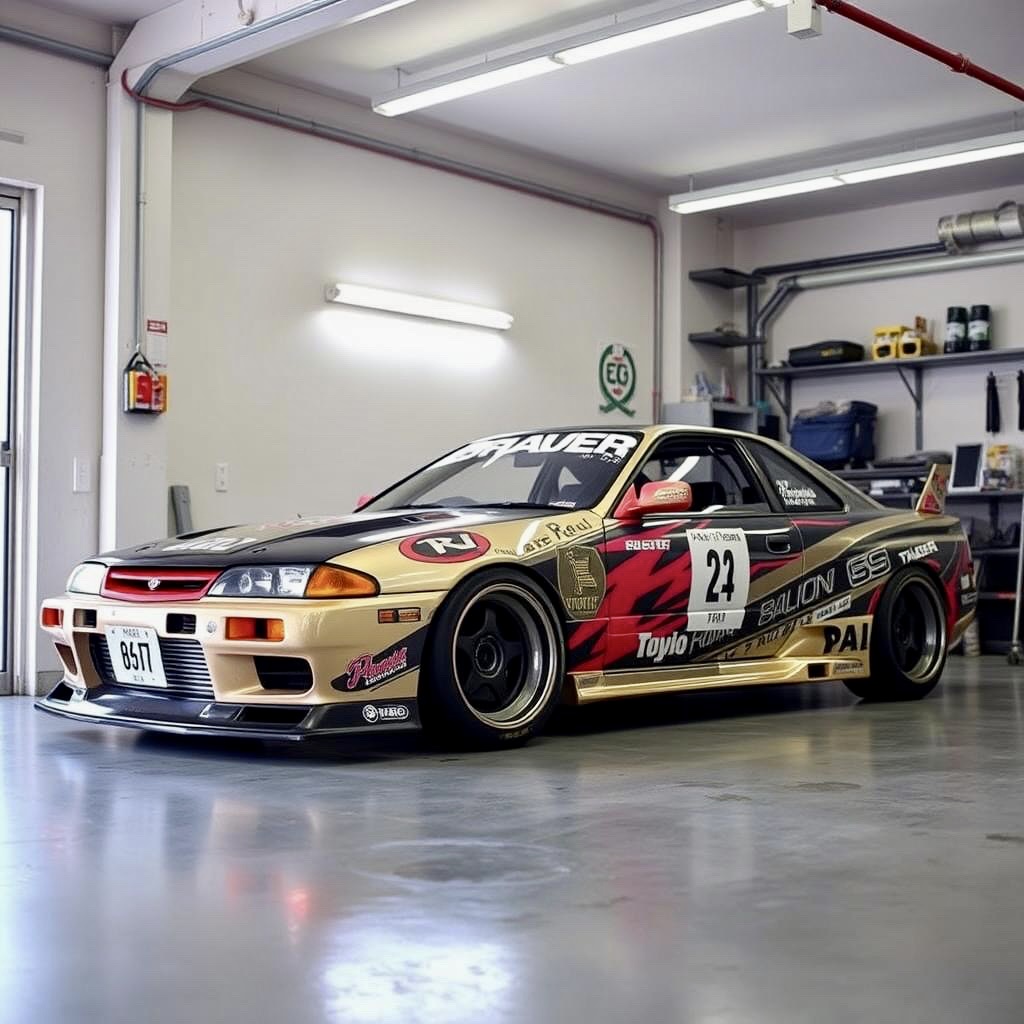
Step 1: Choose the Right Chassis
The foundation of your build is critical. Look for a lightweight, rear-wheel-drive (RWD) platform with strong aftermarket support.
Popular JDM Chassis Options:
- Nissan 240SX (S13/S14) – The ultimate beginner drift platform.
- Toyota Corolla AE86 – Lightweight, balanced, and iconic.
- Mazda RX-7 (FC/FD) – Rotary-powered with incredible balance.
- Nissan Silvia (S15) – Modern yet track-proven (where legal).
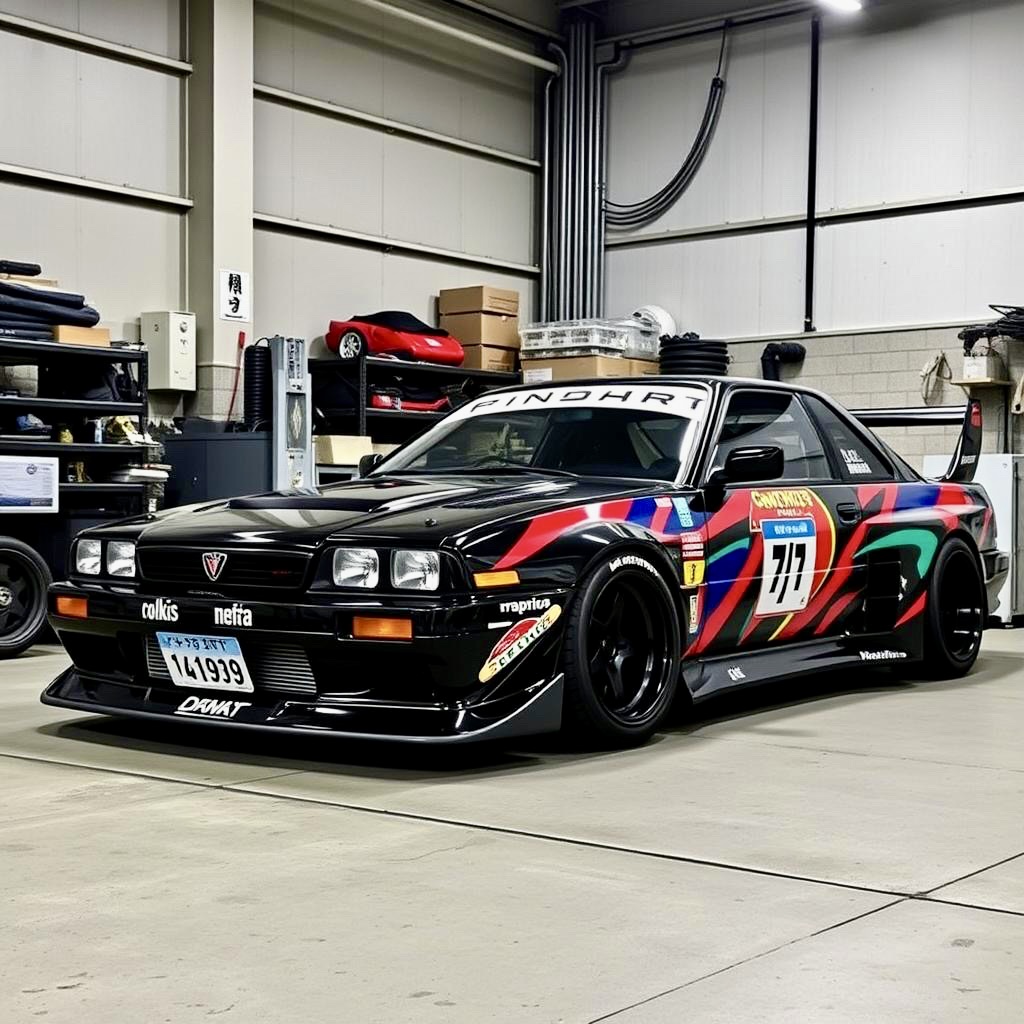
Check your local regulations before buying—some JDM imports may not be street-legal in your region due to emissions or crash safety standards.
Step 2: Focus on Suspension and Handling
Drift cars need predictable handling and precise control. Upgrade your suspension system without compromising street legality.
Key Mods:
- Coilovers – Adjustable ride height and damping are a must.
- Adjustable control arms – For dialing in camber and toe.
- Strut braces and sway bars – Improve chassis rigidity.
Stick to DOT-approved parts and avoid ultra-low setups that compromise ground clearance or visibility.
Step 3: Engine & Drivetrain Upgrades
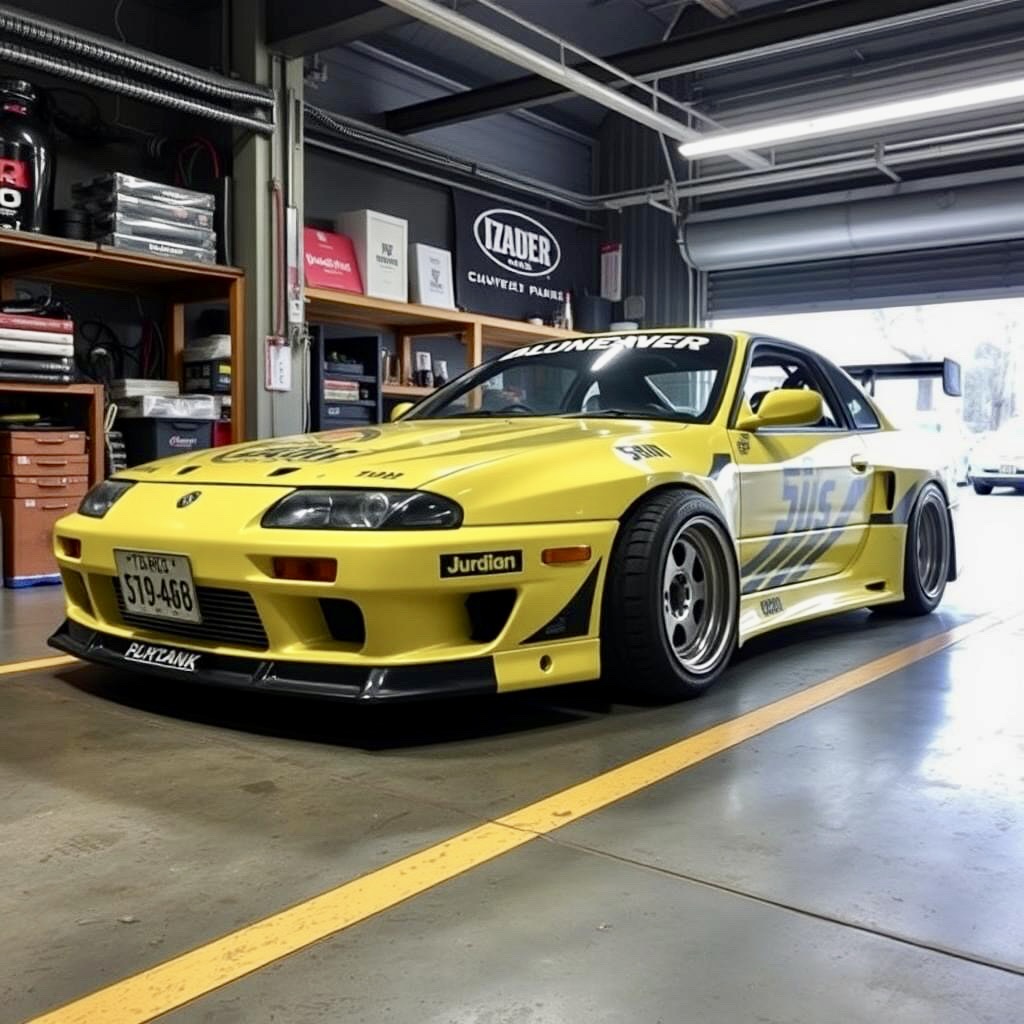
Your engine doesn’t need to make 600 hp—but it should have reliable torque and throttle response.
Essential Mods:
- Cold air intake & exhaust system (keep it within legal decibel limits).
- Limited-slip differential (LSD) – Crucial for controlled slides.
- ECU tune – For power delivery and engine management.
- Manual transmission – If your car isn’t already equipped.
Make sure all upgrades meet emissions regulations. In some areas, catalytic converters and OBD2 compliance are mandatory.
Step 4: Tires and Brakes
Drifting eats tires, but for a street-legal build, you’ll want a balance between grip and slip.
- Front tires: High-grip performance tires for precise steering.
- Rear tires: Slightly less grip for easier breakaway—but still DOT approved.
Upgrade your brake pads, rotors, and fluid to handle aggressive driving while maintaining everyday stopping power.
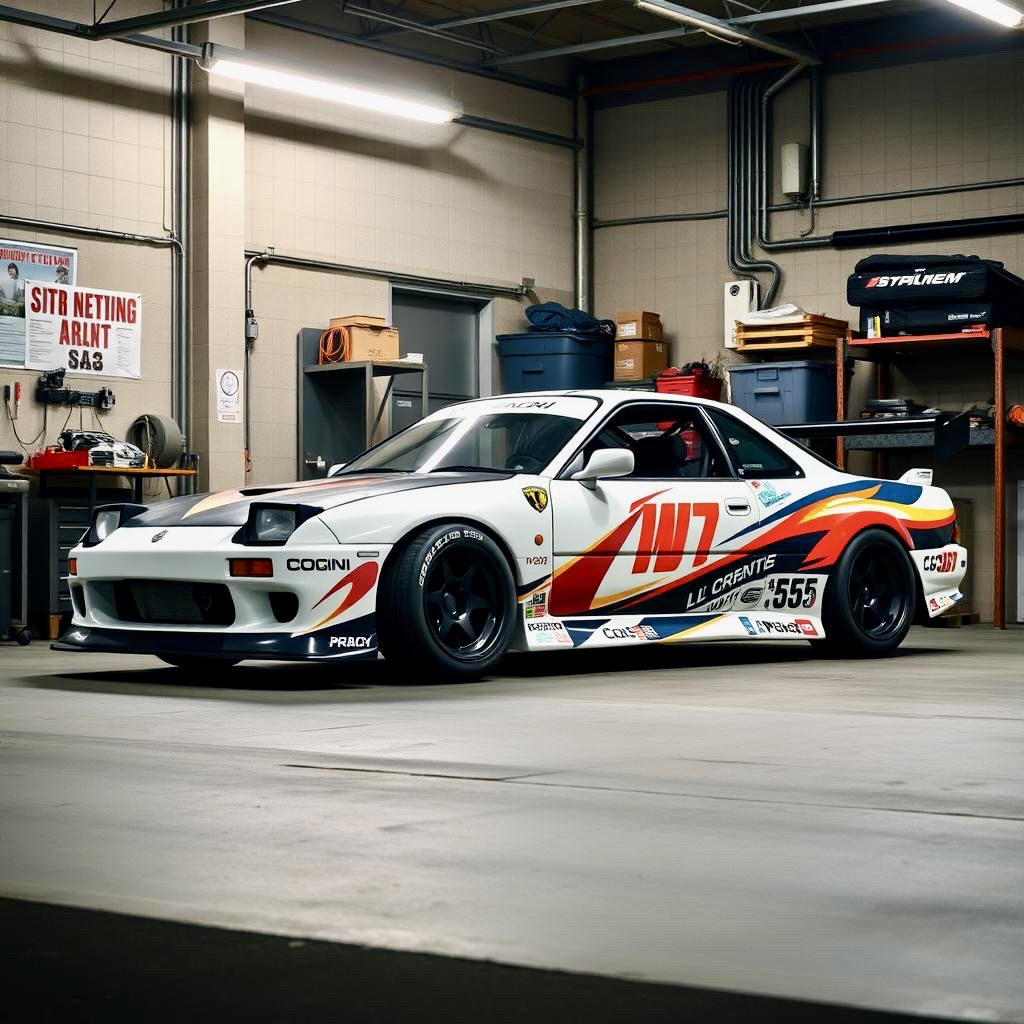
Step 5: Interior & Safety Mods
You don’t need a full roll cage for a street car—but some drift-focused safety mods help.
Street-Legal Friendly Mods:
- Bucket seats with DOT-approved harnesses.
- Quick-release steering wheel (with horn and airbag compliance if required).
- Fire extinguisher mounted securely.
Check local laws: Some states/countries require airbags, rear seats, or minimum lighting configurations to stay legal.
Step 6: Exterior and Lighting
Aggressive styling is part of the drift aesthetic, but your build must remain within road-legal guidelines.
- Use legal-width body kits that don’t interfere with lighting or turn signals.
- Install clear, DOT-approved headlights and taillights.
- Keep ride height safe—many areas have minimum clearance laws.
A stylish JDM livery or wrap can give your car a drift look without compromising legality.
Step 7: Pass Inspection and Register the Build
This is where many builds fail. To keep it street-legal, ensure:
- Emissions compliance (smog testing if required).
- All lights, mirrors, and horn are functional.
- No exposed wiring or unfinished interior mods.
- Valid insurance that covers modified cars.
You may need to declare your modifications when registering your car, especially engine swaps or turbo kits.
Bonus Tips for Keeping It Street-Legal and Drift-Ready
- Dual-purpose tires can save you money and keep your car daily-friendly.
- Carry an extra set of wheels for track use if you drift frequently.
- Keep a log of all modifications with receipts—handy for insurance and inspections.
- Join a local drift club or community. They often know the legal grey areas to avoid.
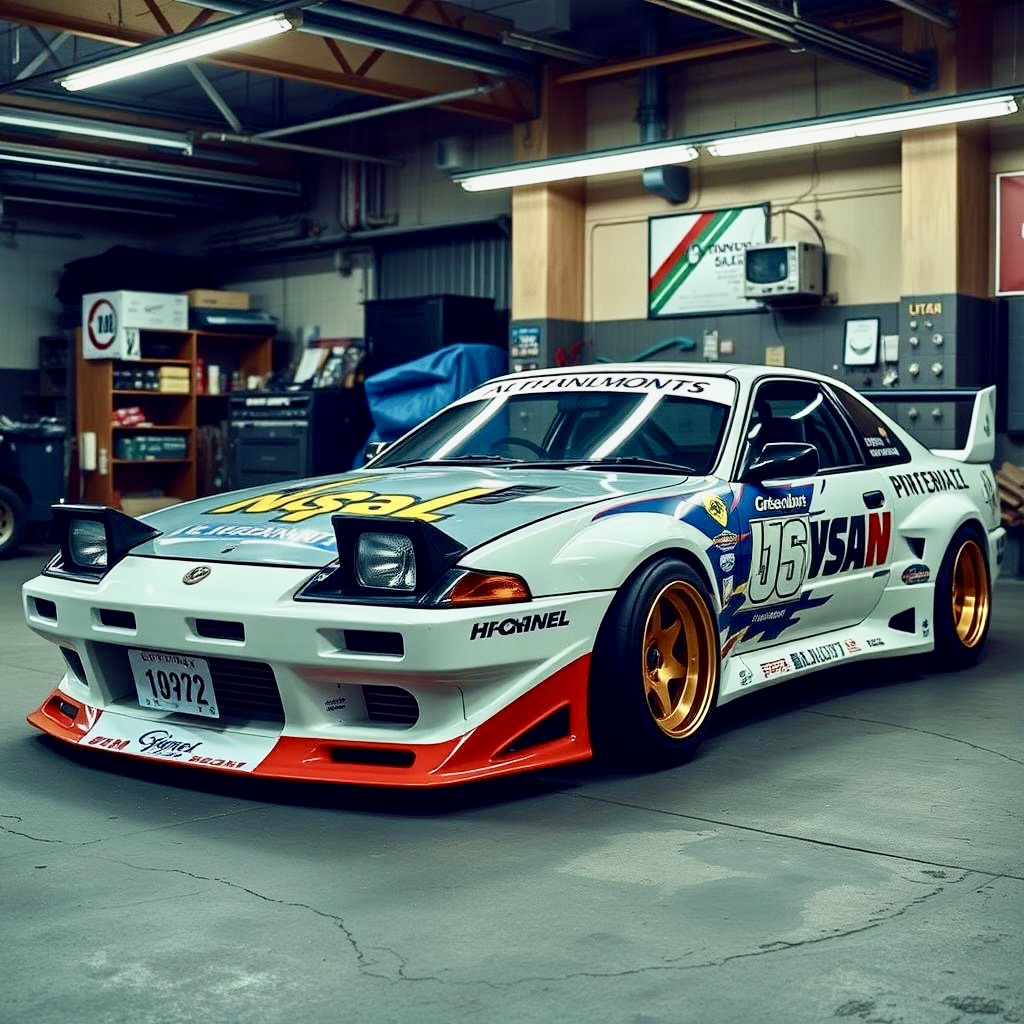
Final Thoughts
Building a street-legal drift car is a rewarding project that combines JDM flair, motorsport functionality, and everyday usability. With careful planning, you can slide through corners on weekends and still commute to work on Monday.
Whether you’re inspired by Initial D or Formula Drift, the spirit of drifting lives in every gear change, handbrake pull, and controlled slide. Just make sure the cops won’t tow it away after the first lap.
Want to see real JDM drift builds and tuning setups? Subscribe to our newsletter and follow us on Instagram @kuruma_to_kokeshi for weekly features and how-to guides!
Comments
Post a Comment